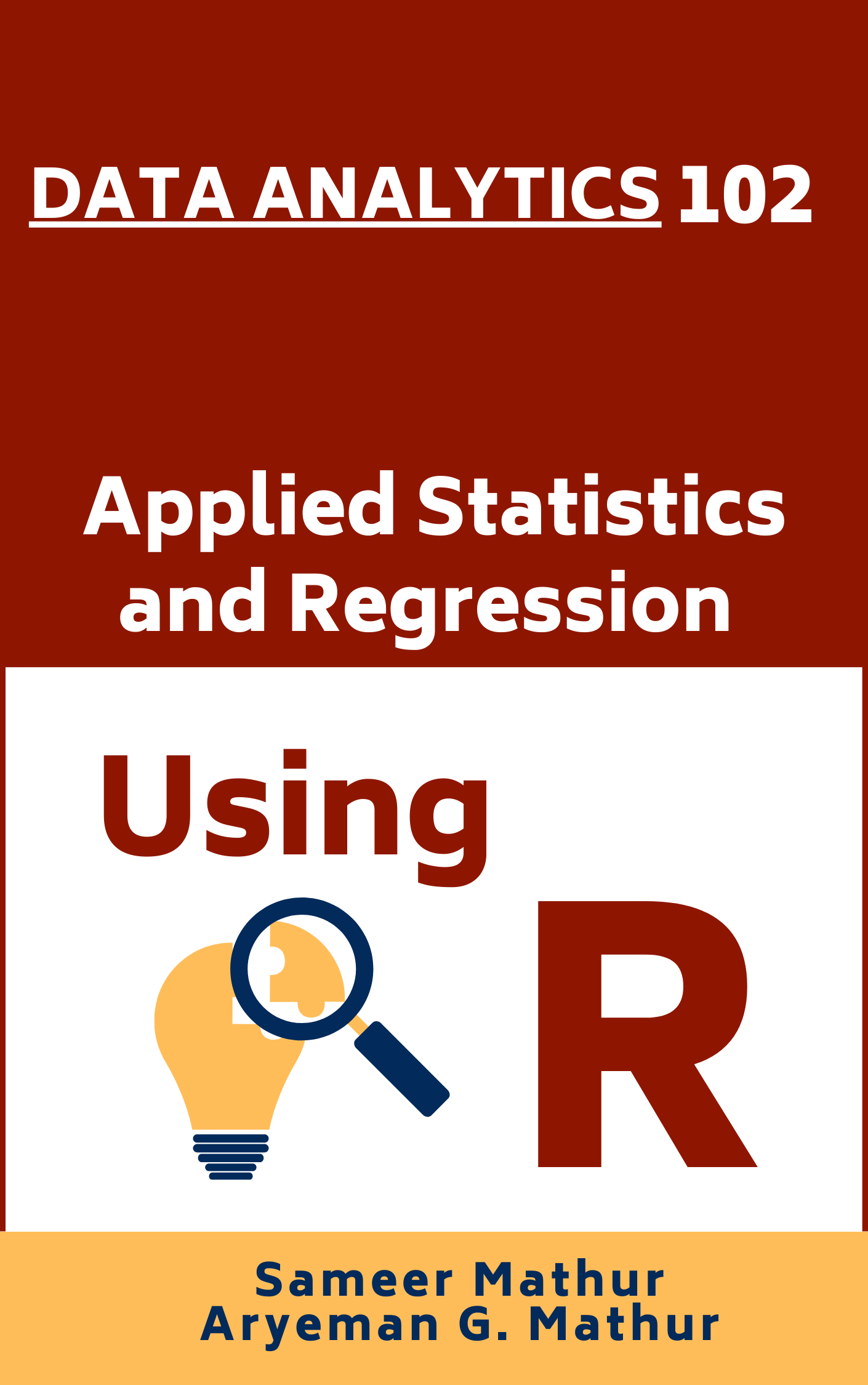References
[1]
Aiken, L. S., & West, S. G. (1991). Multiple regression: Testing and interpreting interactions. Sage.
Cohen, J., Cohen, P., West, S. G., & Aiken, L. S. (2003). Applied multiple regression/correlation analysis for the behavioral sciences. Routledge.
Hayes, A. F. (2018). Introduction to mediation, moderation, and conditional process analysis: A regression-based approach. Guilford Press.
Jaccard, J., & Turrisi, R. (2003). Interaction effects in multiple regression. Sage.
Kline, R. B. (2015). Principles and practice of structural equation modeling. Guilford publications.
[2]
Aaker, D. A., Kumar, V., & Day, G. S. (2007). Marketing research (9th ed.). John Wiley & Sons.
Hair, J. F., Black, W. C., Babin, B. J., & Anderson, R. E. (2014). Multivariate data analysis (7th ed.). Prentice Hall.
Kumar, V., & Reinartz, W. (2018). Customer relationship management: Concept, strategy, and tools (3rd ed.). Springer.
Lewis-Beck, M. S. (2016). Applied regression: An introduction (3rd ed.). Sage.
Malhotra, N. K., & Birks, D. F. (2017). Marketing research: An applied approach (5th ed.). Pearson.
Srivastava, R. K., Shervani, T. A., & Fahey, L. (1998). Market-based assets and shareholder value: A framework for analysis. Journal of Marketing, 62(1), 2-18.
[3]
Fama, E. F., & French, K. R. (1992). The cross-section of expected stock returns. The Journal of Finance, 47(2), 427-465.
Jorion, P. (2006). Value at risk: The new benchmark for controlling market risk. McGraw-Hill.
Lakonishok, J., & Vermaelen, T. (1986). Tax-induced trading around ex-dividend days. The Journal of Finance, 41(4), 857-872.
McNeil, A. J., Frey, R., & Embrechts, P. (2015). Quantitative risk management: Concepts, techniques and tools. Princeton University Press.
Sharpe, W. F. (1964). Capital asset prices: A theory of market equilibrium under conditions of risk. The Journal of Finance, 19(3), 425-442.
Thomas, L. C., Crook, J. N., & Edelman, D. B. (2002). Credit scoring and its applications (2nd ed.). SIAM.
West, K. D. (2006). Forecast evaluation. In G. Elliott, C. W. J. Granger, & A. G. Timmermann (Eds.), Handbook of economic forecasting (Vol. 1, pp. 99-134). Elsevier.
[4]
Aryee, S., & Chen, Z. X. (2006). Leader-member exchange in a Chinese context: Antecedents, the mediating role of psychological empowerment and outcomes. Journal of Business Research, 59(7), 793-801.
Howell, J. M., & Avolio, B. J. (1993). Transformational leadership, transactional leadership, locus of control, and support for innovation: Key predictors of consolidated-business-unit performance. Journal of Applied Psychology, 78(6), 891-902.
Kim, W. G., Lee, D., & Chun, C. H. (2015). The effect of job autonomy and social support on job satisfaction and organizational commitment: The case of Korean employees. Journal of Applied Business Research (JABR), 31(3), 829-844.
[5]
Aiken, L. S., & West, S. G. (1991). Multiple regression: Testing and interpreting interactions. Sage.
Cohen, J., Cohen, P., West, S. G., & Aiken, L. S. (2003). Applied multiple regression/correlation analysis for the behavioral sciences. Routledge.
Kutner, M. H., Nachtsheim, C. J., Neter, J., & Li, W. (2004). Applied linear regression models. McGraw-Hill Irwin.
Montgomery, D. C., Peck, E. A., & Vining, G. G. (2012). Introduction to linear regression analysis. John Wiley & Sons.

